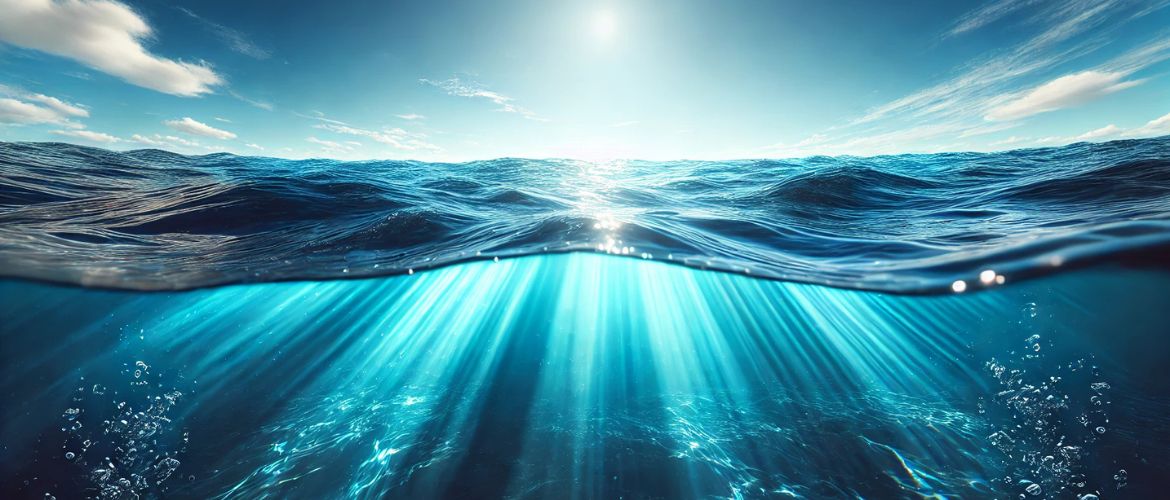The sea appears blue because sunlight, when entering the water, refracts and scatters. The wavelength of blue light is shorter than that of red light, which means blue light scatters in water much more than other colors. This is why we perceive the sea as blue. Water itself is transparent, but its color depends on depth, purity, and lighting conditions.
The History of Discovering the Composition of Seawater
Early Research
Since ancient times, people knew that seawater was different from freshwater, but for a long time, they could not explain why it was salty. The Greek philosopher Aristotle suggested that salt in water formed under the influence of the sun. In the Middle Ages, scientists believed that salinity was related to water evaporation.
Scientific Explanation
In the 18th and 19th centuries, chemists began analyzing the composition of seawater. It was established that its main characteristic is the high concentration of salts, primarily sodium chloride (common table salt). Later studies showed that seawater contains many other minerals and chemical compounds.
What Does Seawater Contain?
Seawater is not just a salty liquid. It includes:
- Salts (about 3.5%) – mainly sodium chloride, sulfates, calcium, potassium, and magnesium.
- Gas impurities – oxygen, carbon dioxide, and nitrogen, essential for marine life.
- Organic substances – microscopic particles of plants, animals, and bacteria.
- Trace elements – iodine, fluorine, iron, and other minerals vital for marine organisms.
Interesting Facts About Seawater
- The saltiest sea is the Red Sea. Due to high water temperatures and evaporation, its salinity is higher than that of other seas.
- The color of seawater is not always blue. Depending on depth and atmospheric conditions, the sea can appear turquoise, green, or even red (for example, during algae blooms).
- The world ocean is the largest carbon dioxide reservoir. It absorbs a significant amount of CO₂ from the atmosphere, influencing the climate.
- In the depths of the ocean, the water is completely black. At great depths, light does not penetrate, and total darkness prevails.
The sea appears blue due to the peculiarities of light refraction, and its composition makes it a unique ecosystem. Thanks to centuries of research, we know that seawater contains not only salt but also many other substances essential for life. Despite its seemingly simple appearance, the ocean remains one of the most mysterious parts of our planet.







Only registered users can leave comments